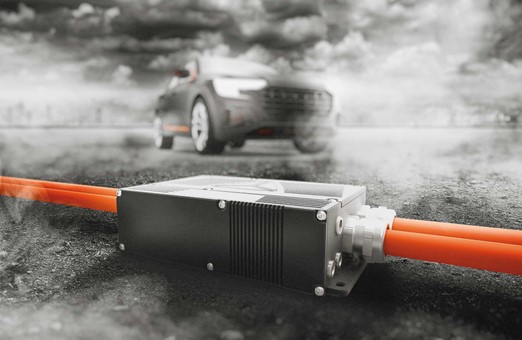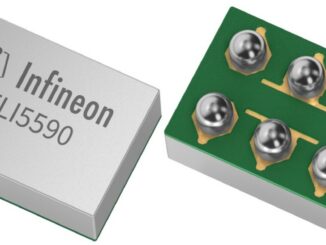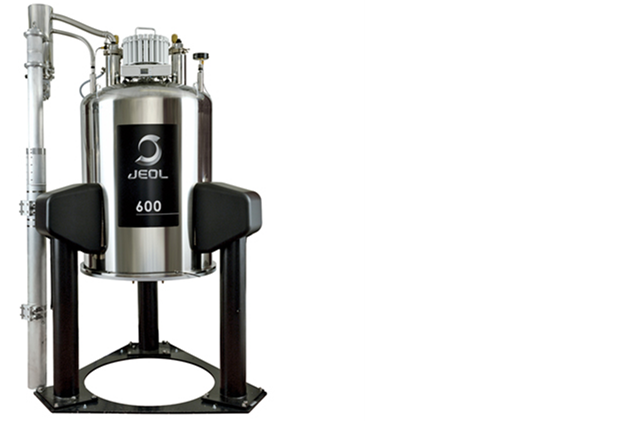
Liquid helium and nitrogen can be expensive ingredients for cooling the superconducting magnet in many nuclear magnetic resonance systems. The volatile elements are prone to evaporating away and requiring replenishment to maintain optimal performance of the instrument. Sometimes the instruments have to be shut down while fresh cryogen supplies are sought. But reclaiming them can make a difference.
Now, JEOL has introduced a cryogen reclamation system that substantially reduces the evaporation of both liquid helium and liquid nitrogen used in the superconducting magnet for an NMR instrument. The product was jointly developed by JEOL, a manufacturer of NMR instruments, along with Japan Superconductor Technology (JASTEC) a manufacturer of superconducting magnets, and Ulvac Cryogenics, a specialist in cryogenic technologies, by combining the technologies of each company.
The new system offers a convenient solution to help maintain an instrument’s cryogen levels. It is lightweight and modest in size yet reduces the evaporation loss of both liquid helium and liquid nitrogen thus reducing the frequency and costs for refilling the cryogen while maximizing the operation time of an instrument. Attachment is possible to existing NMR instruments with the magnetic field maintained.
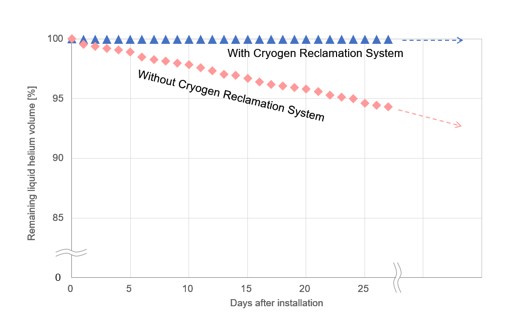
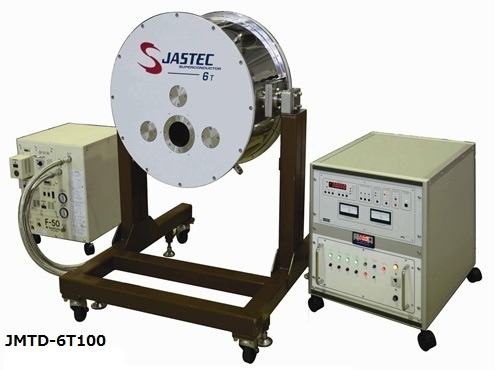
Not all superconducting magnets require cryogenic cooling, however. JASTEC, for example, also makes cryogen-free systems for various applications. No liquid helium is required, for example, in the company’s JMTD-6T 100 system, providing a significant benefit to superconducting magnet users for certain applications. A business unit of Kobe Steel Group, JASTEC is a leading supplier of superconducting magnets, also superconducting wire, for both research and industrial applications.
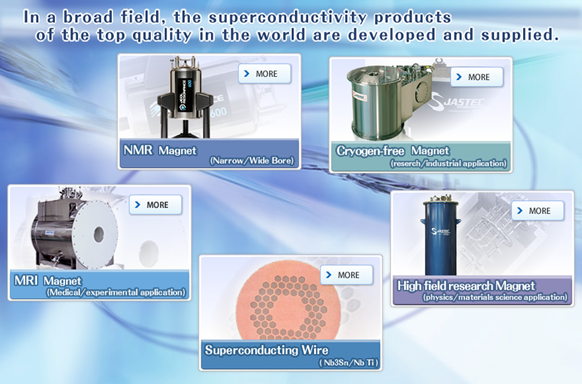
For more info, see www.jeol.com, www.jastec-inc.com and www.ulvac-cryo.com.


